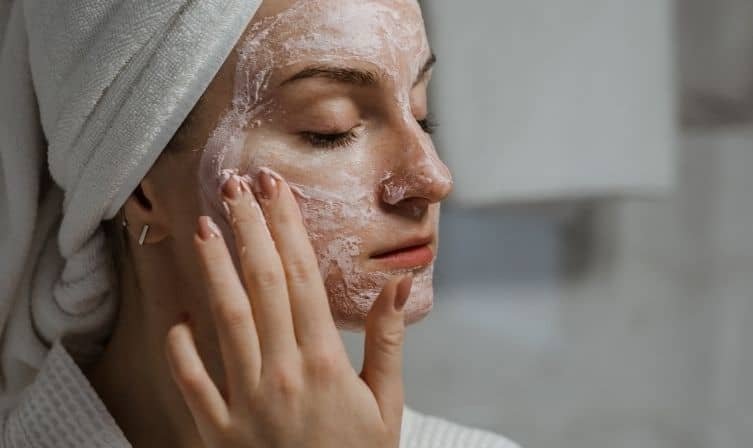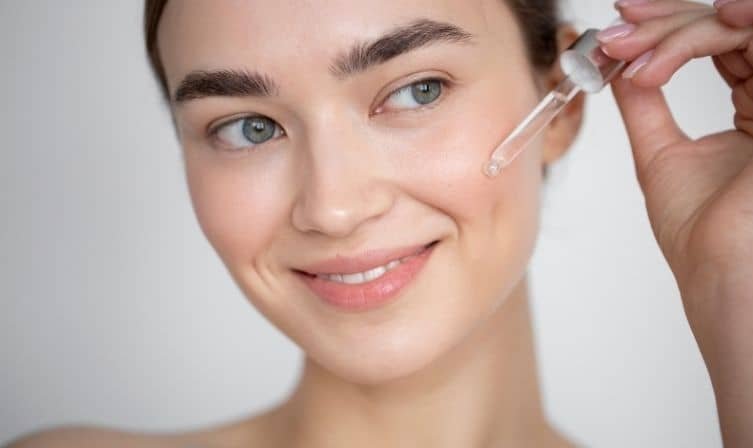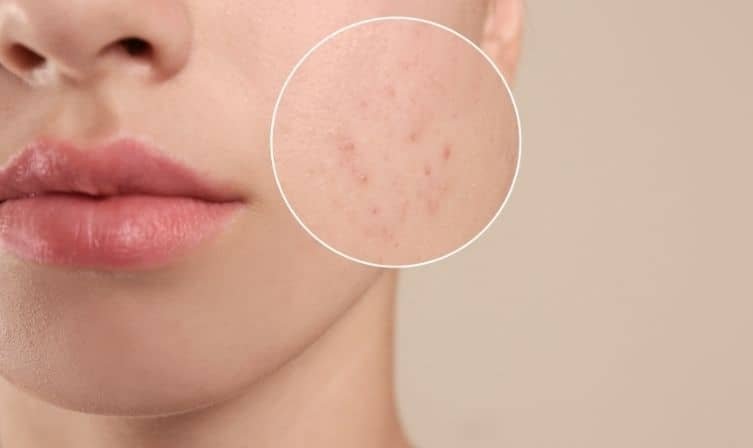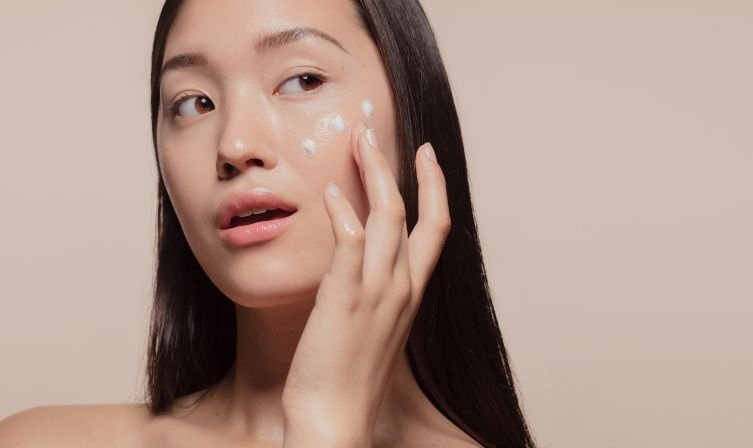It doesn’t matter if you follow a three-step or nine-step routine for your skincare. When deciding on a skincare routine, there is always one most important thing: applying the products in the right order.
The right order starts with cleansing, toning, applying concentrated and active ingredients, and finishing by moisturizing. Do not forget to add SPF to the routine if it’s daytime. Besides this, dermatologists worldwide suggest applying sunscreen before leaving the house during the daytime. People, who use soaps for cleansing their faces, are probably doing it wrong.
Moreover, the right skincare routine should vary from day to night. In the morning, the focus should be on protecting the skin from the pollution, sun, and different light waves coming your way. The routine should be switched in the evening and focus on more active ingredients.
The skin regenerates naturally at night, so applying active elements and not protective elements is important. You can include a retinoid formula that causes cellular turnover and helps to smoothen the skin’s surface. You can even apply a sheet mask to add to the benefits of night healing.
The Best Daytime Skincare Routine of All Times
3 Step Routine
If you have recently started showing interest in a skincare routine, this routine is your savior, and you are confused about where to start. Try the popular CTM routine, which is the easiest to follow. Let’s jump into the process then:
- Cleansing– Washing your face and cleaning out all the dirt from the face.
- Toning– Balancing out skin by using the appropriate toner to eliminate the different types of unevenness.
- Moisturizing– Hydrating and softening the skin to ensure the benefits stay in and the healing is done.
This skincare routine aims to tune your complexion so that it functions properly. This routine also helps troubleshoot and targets the areas you want to work on.
9 Step Routine
Step – 1
Cleansing: The first step is to wash your face. You can incorporate this step into your day and night routine. Rinse your face with water and a gentle cleanser with clean palms.

Massage your face with the face wash with little to no pressure. Then rinse your face and make sure no cleanser is left on your face. Now gently pat dry your face using a clean and soft towel. If you have applied makeup before, they will need to clean your face twice at night.
For this, remove your makeup using cleansing oil or micellar water. Then try to leave the dedicated eye-makeup remover on for a while so that the makeup comes off easily. Make sure you do not rub your eyes while doing this step. Then follow this step with a full-face gentle cleansing.
Step – 2
Toning: Next step is to apply toner. Apply your toner after cleansing your face and before applying anything else. For this step, pour a few drops of toner on your palm or cotton pad.

Then gently wipe it all across your face. If you have an exfoliating toner, it will remove dead cells with the help of the ingredients like glycolic acid, which has to be used only at night. It would be best to use toners with hydrating formula twice a day. But make sure you are not using exfoliating toner and retinoids or other exfoliators simultaneously.
Step – 3
Serum: Then, use a serum with antioxidants (such as brightening vitamin C) in your morning routine. This step will help protect your skin from all the free radicals you encounter during the daytime.

At night, you can use a moisturizing serum with hyaluronic acid. It will help to protect your skin from drying out at night. This serum will be a great option if you use an anti-aging or acne treatment that can irritate and dry out the skin.
Serums can also have exfoliants like alpha-hydroxy acids (AHA) or lactic acid. Whichever you use, make sure that the water-based serums go underneath the moisturizer and oil-based serums are applied after the moisturizer.
Step – 4
Eye Cream: You can always go for a regular moisturizer as your under-eye cream. If you want to choose a specialized eye cream, you will want a layer underneath your moisturizer. This way, the eye creams are way thinner than face moisturizers.

You can even use a metal roller-ball applicator and store it in the fridge to reduce puffiness in the morning. Hydrating eye creams can have effects like fluid retention if used at night, resulting in puffiness in the eyes in the morning.
Step – 5
Spot Treatment: It would be better to use an acne spot treatment at night when your full body is repairing. Take care of the other factors before applying a layer of ache-fighting ingredients (such as benzoyl peroxide or salicylic acids) with retinol. It can result in irritation to your skin. Rather, ensure that your skin is all calm and hydrated.

Step – 6
Moisturize- Moisturizer helps to hydrate skin perfectly. It also ensures that all the previously applied layers of the product are properly locked in. For the morning routine, use a lightweight lotion, particularly with SPF 30 or even higher. For a night routine, use a thick night cream. People with dry skin can use the cream at both times of the day.

Step – 7
Retinoid- Retinoids (Retinoid is vitamin A derivatives, including retinol), can help to reduce dark spots, breakout, and fine lines. It targets increasing skin-cell turnover.
But it is essential to know that it might irritate the skin, especially for people with sensitive skin.

Retinoids have the property of breaking down in the sun, so use them, particularly at night. They can make your skin more sensitive, so wear sunscreen.
Step – 8
Face oil- Use it after applying all the other skincare products. It is done so knowing that nothing can penetrate a layer of oil.

Step – 9
Sunscreen- As we know, all dermatologists advise using sunscreen before going out. Applying sunscreen is an essential part of the daytime skincare routine.
Sunscreen is important to protect your skin from harmful UV rays. It can prevent skin cancer and signs of aging. If you use a moisturizer without SPF, you will also need to wear sunscreen.

It takes 20 minutes to work for a chemical sunscreen. So you need to wait for 20 minutes before leaving. It will help if you look for a broad-spectrum SPF to protect your skin from UVA and UVB radiation.
The skincare routine does not come with a one-day result policy. It takes time to show results. But you need to remember that if you consistently stick to a routine, you can only expect benefits within 6-12 weeks.



